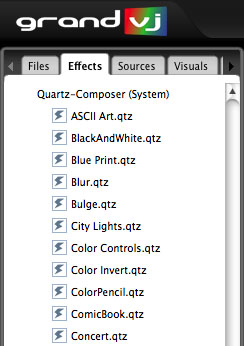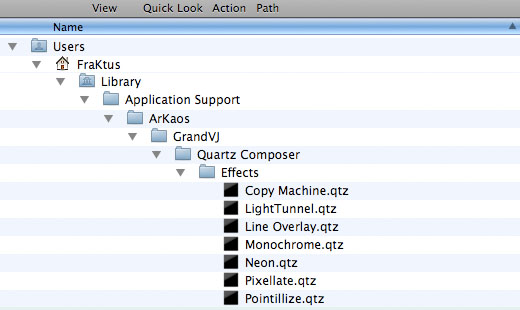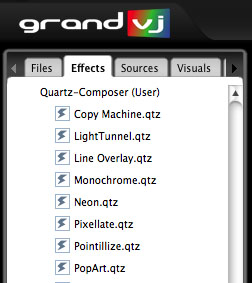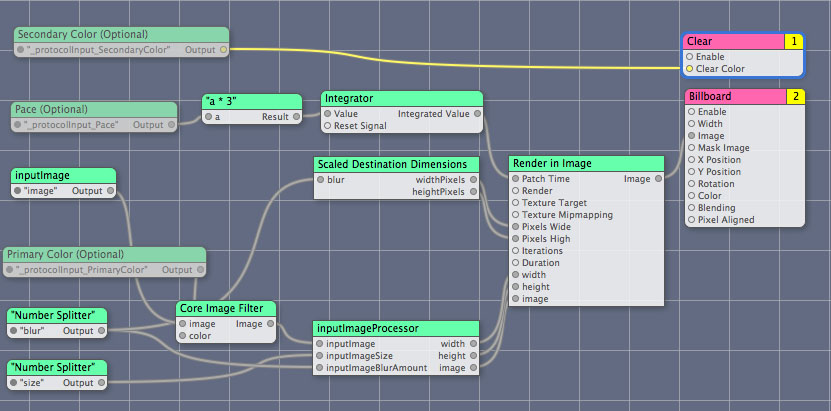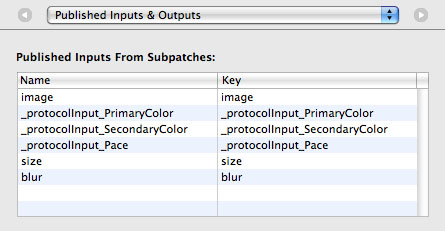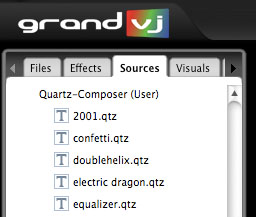ArKaos MediaMaster is the latest incarnation of now a long list of video software created by ArKaos. All evolutions have always be triggered by request of users, ideas we wanted to experiment, goals we wanted to reach in term of performances.
When we decide a few years ago to rewrite our core engine we wanted to get the best out of current and future computer architecture. So we designed an engine made to allow playing multiple layers of HD video loops and balancing the usage of CPU having multiple cores and GPU allowing very creative layer blending.
This is what we released with MediaMaster 1.0 and evolved to the 1.2 by adding a very cool frame blending and audio support.
While we were focussing on pushing fluidity and making sure the pixel flow was optimal we did not spend too much time working on the front interface. This does not mean we did not care about that but we were just too busy having our hands dirty with pixel processing.
However during the last year we spent a lot of time talking with users, looking how they were working, watching how they used ArKaos VJ DMX. In January this year we finalized a round of meetings and design sessions were we came with the idea of bringing back the simple mode of ArKaos VJ DMX but in a modernized way.
The basic idea is that a typical light designer needs a video swiss knife. Some days you need to just do a little bit of MIDI triggering, other days you may want to use a few DMX sliders to automate a small theater play and once is a while you are on a big tour with some heavy automation done by a big lighting console. You may even have from time to time a small corporate event where video loops can be triggered from your computer keyboard.
This is what we will release with MediaMaster 2.0. MediaMaster will come in 2 versions, the Express that will be something like a 8 blades swiss knife and the Pro that will be more like a 12 blades swiss knife.
The simple mode implementation we added to MediaMaster will be very efficient to use because it will be based on presets. If you are doing LED mapping over your video output you can by example create a preset for the position of your LED wall and have it recalled very easily for many cells. You can also edit this preset and see the modification be applied instantly to all cells using it.
So the advantage of this new simple mode over what we did on the past is that:
– it make use of the media management of MediaMaster
– it benefit from the performance of the new video engine (frame blending, audio…)
– the preset system make it very quick to use
– it allows to mix DMX, MIDI and computer keyboard triggering
– you can break your performance in up to 64 patches of 64 cells
– all information in concentrated into the Media folder (content, patch information, show setup) and so it’s very easy to move your files between computers
Here is a video showing the main interface of MediaMaster express that was demonstrated at Frankfurt Prolight and Show last month. We trigger video loops with a LSC DMX desk and with a small Korg MIDI controller. Since then we made some minor evolution to the interface but it will give you a good idea of what it will looks like:
We are now close to the final release and we expect to start some public beta testing before the end of this month. We will also make public soon the pricing and upgrade policy but we can already announce that all MediaMaster 1.x users will have a free upgrade to MediaMaster Pro 2.x

